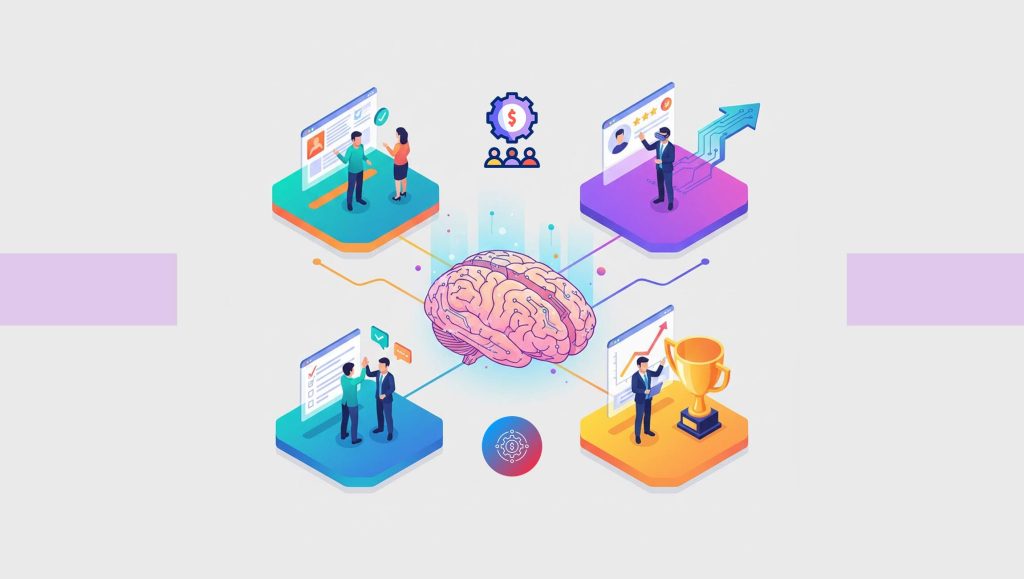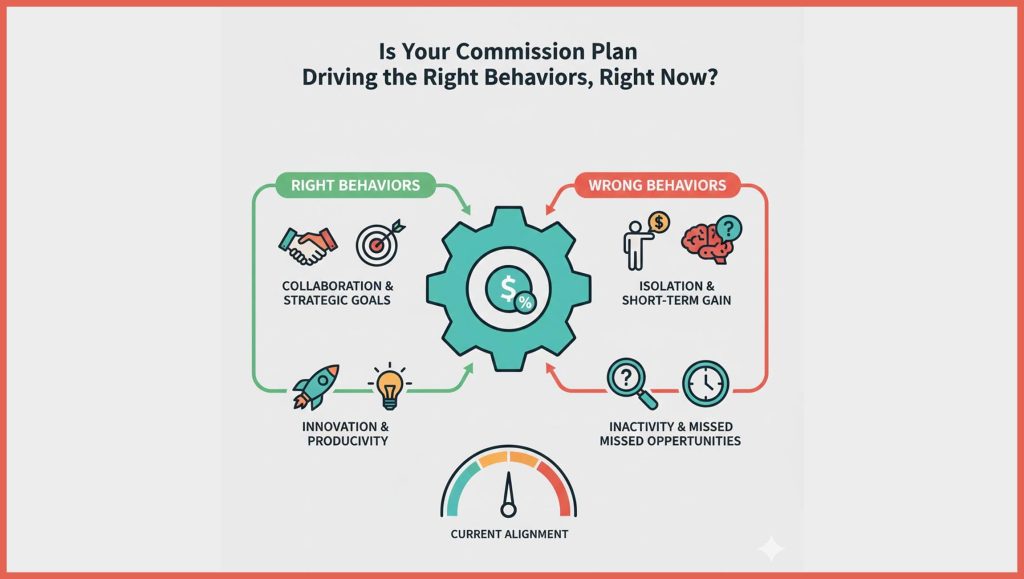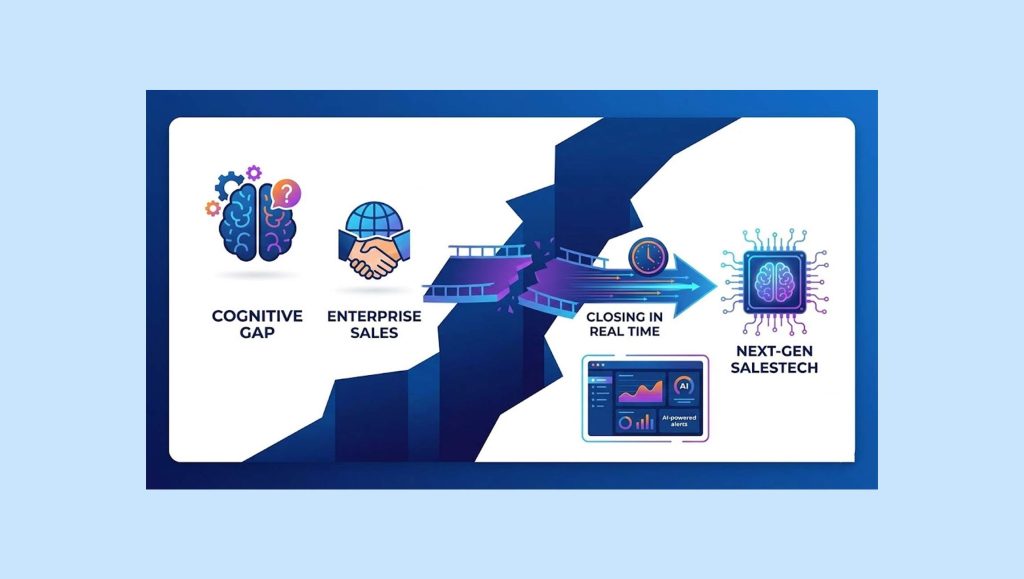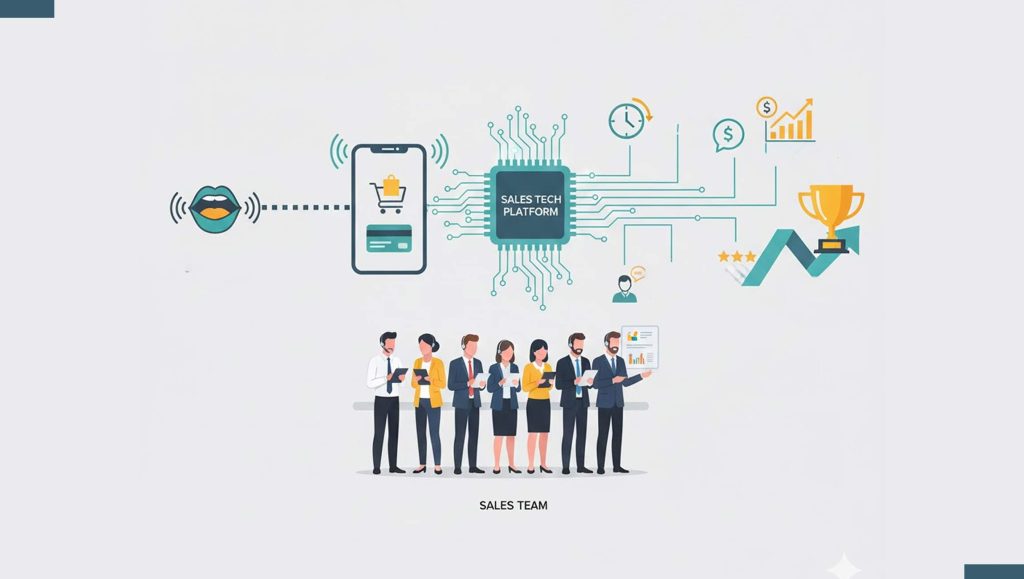I’ll start with my most fundamental belief as a Product Manager; collaborative teams that listen to each other and to their customers are more prone to developing products that are functional, reliable, usable, and emotive.
It’s a simple formula supposedly, but it’s not an easy balance to strike. Product Managers are probably the busiest people in an organization and the weight that rests on their shoulders comes from being the go-between amid several departments in the company. Our jobs mandate that we work closely with Dev, Design Engineers, Marketing, Support, and even Legal. But no other collaboration is more valuable to a Product Manager than the one he has with Sales.
Read More: SalesTechStar Interview With Mary Shea, VP, Global Innovation Evangelist At Outreach
In order to lay out a product vision that is differentiated and delivers unique value, we must be continuously attuned to the needs of the customer. The way to execute such a customer-centric approach is through collaboration with Sales. Indeed, Sales are a company’s first line to customers and its eyes and ears to the market. A synergic collaboration with Sales loops Product into both the competitive conditions of the market and the feedback cycle of the product.
Feeling the Customer
In 2017 Pragmatic Marketing released a survey indicating that the overwhelming majority of Product Managers reported they don’t spend nearly enough time talking to customers as they would like. They believed that getting adequate facetime with customers would improve the quality of their work.
While it would be enough to understand the position of a Product Engineer or sympathize with the pains of a Marketer, when it comes to customers a Product Manager can’t get away with rationalizing the needs or being accepting of his pains. This particular relationship must run deeper. To the core of what Product is about. Because if a Product Manager doesn’t feel the pains of the user for whom he is developing a product, his product may turn out good – but not great.
It’s therefore more than a collaboration that lives between Product and Sales. It’s a bond of shared fate and a partnership in the truest sense of the word. So much so that if a sale falls through, it should hurt the Product Manager just as much as it hurts the Sales rep, and if a feature is rejected by a customer it should pain Sales and as much as it would Product.
Dynamic organizations that aim to be responsive to market demands need to foster an alliance between Product and Sales with the understanding that Product development without the input of Sales is likely to miss the mark on what the market needs, and Sales efforts that don’t align with Product roadmaps will likely head right into the pitfalls of over-promising and false selling.
Caution: Partnership Ahead
The partnership begins with breaking the departmental silos and deeply immersing Product Managers in sales processes. Product and Sales need to become full allies in the customer-centric mindset. Listening in on customer calls, co-demoing and even joining sales trips, gives Product Managers insight into how the customer feels about the product.
This partnership, however, doesn’t begin with Product Managers sitting in on customer calls. While this is a valuable practice and should definitely be implemented, the Sales/Product alliance begins at the earliest stages of the product lifecycle; in the specs and visual design phases. Sitting down with Sales at these critical stages offers invaluable insight that should be implemented into the PRD before work with the Product Engineers ever begins.
For a truly integrated Sales/Product experience, Sales reps should be the first customers in line. Offering Sales dibs at product sampling and opening up new features to demo on Sales, offers immediate and immeasurable insight. Getting Sales to weigh-in on Product roadmaps before they are executed is cardinal to inserting market perspective into the process and ensuring that the roadmap is aligned with expectations ‘on the ground’.
Read More: SalesTechStar Interview With Jennifer Leire, Vice President Of Customer Strategy & Success At…
A Shortening Act
The impact of a product is firstly felt on the side of Sales as customers either adopt or reject it. It is here that customers request new or amended features, voice needs for certain functionalities, and expose UX and UI difficulties. Product Managers must therefore aspire to shorten the time between releasing the product and becoming aware of the impact it generates in the end user. The shorter the time to impact and the sooner the customer experience can be analyzed, the faster a Product Manager can bridge the gap to customer satisfaction.
It’s a constant shortening act, led by feeling the customer more so than understanding him. Which is why, given the chance, many Product Managers would prefer to experience the customer first hand.
Here’s an example: a customer is unhappy with certain product features. But what about the features is frustrating the customer? Can the customer even pinpoint what’s troubling him? Sometimes yes, the explanations are straightforward and even action oriented. But sometimes, a customer’s feedback is not very action focused. Sometimes the feedback rests heavily on his feelings.
Tasked with turning this feedback into a viable action item on the product roadmap, the Product Manager’s job becomes that of an investigator. He has to drill down. He has to ‘get’ the client. And the best way to do that is by allowing the Product Manager to connect with the customer. Up close and personal. Indeed, getting Product Managers to feel the customer’s pains and joys only happens in that unique sweet spot known as actual, real, interface.
Ultimately, customers are humans and products are living breathing entities. They feel good or bad to us, user friendly or not, and sometimes we don’t exactly know how to put into words what’s not working for us as end users. For all the technological background that Product Managers need to have, product people are ultimately also part time therapists. Just as they are a go-between the different departments in an organization, they are somewhere between the exact sciences and the social sciences – bridging ‘hard’ coding requirements with ‘soft’ UI needs.
Read More: SalesTechStar Interview With George Mogannam, Chief Revenue Officer At SnapLogic




















